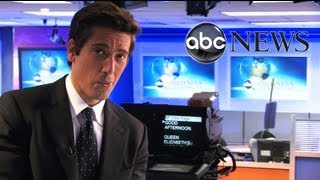- Home
- TV History
- Network Studios History
- Cameras
- Archives
- Viewseum
- About / Comments
Skip to content
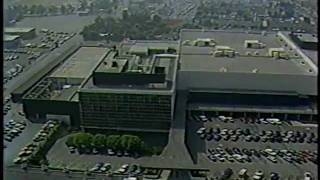

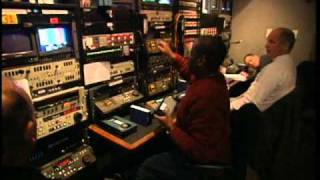

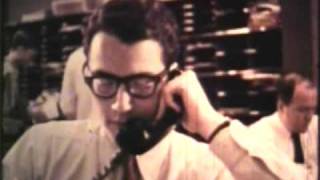

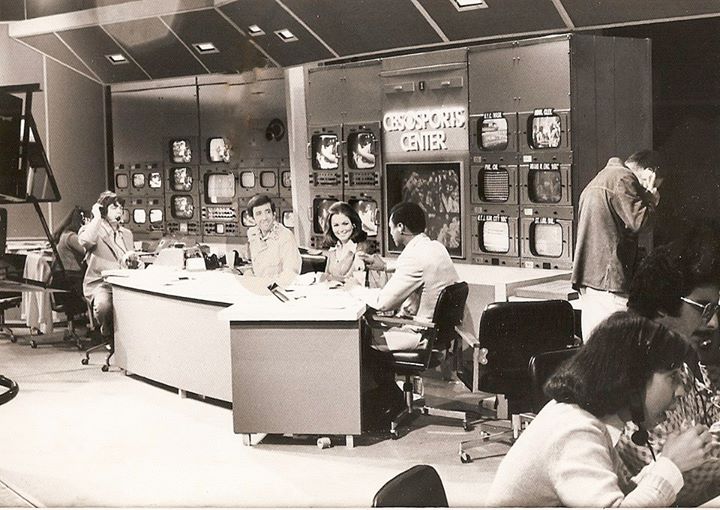

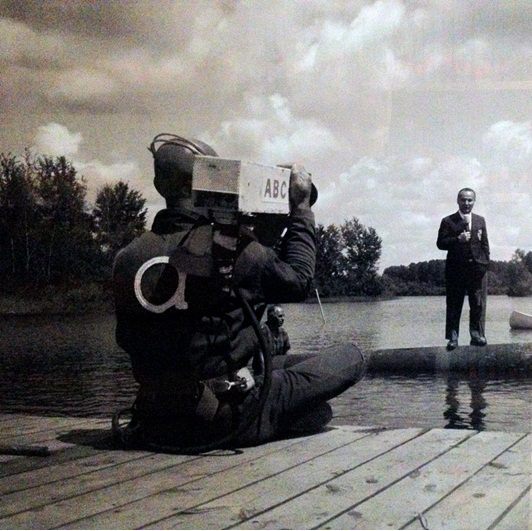



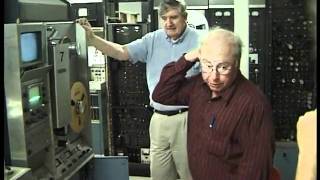

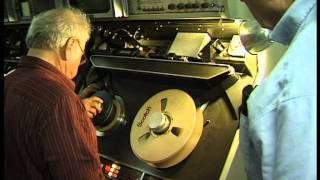

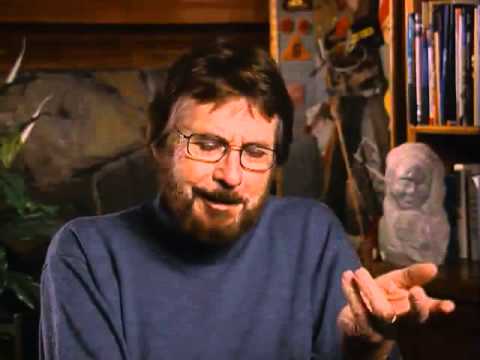

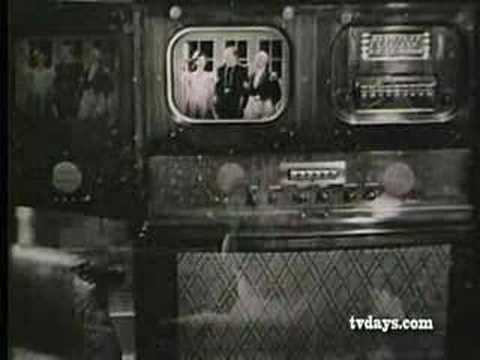

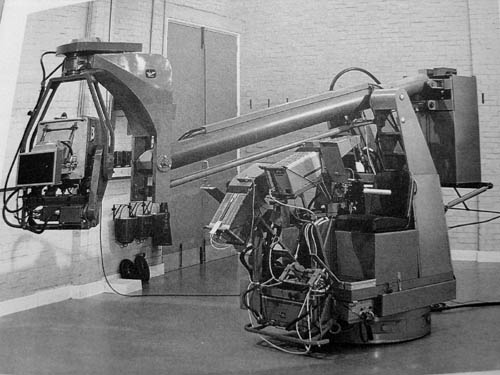

Posts in Category: Viewseum


CBS Television City…Circa 1988
On March 9, 2013
- TV History, Viewseum
CBS Television City…Circa 1988
This clip takes a look back as CBS prepares for it’s 60th Anniversary. Since the company became CBS in 1928, I’m guessing this was shot in 87 or 88. Enjoy!


Pressure? What Pressure? CBS Sports, Behind The Scenes
On February 14, 2013
- TV History, Viewseum
Pressure? What Pressure?
As you’ll see, getting clips in, edited and on the air for update shows, during multiple basketball games is quite a challenge.


Surprise Discovery! Sam Donaldson…Cub Reporter, 1967
On February 7, 2013
- TV History, Viewseum
Surprise Discovery! Sam Donaldson…Cub Reporter, 1967
At 11:05 you’ll see WTOP TV shooting film then picking up the story in the studio with a very young Sam Donaldson on the set with an RCA TK41. You’ll even see him in the viewfinder! Sam’s part actually starts at 10:27 and he is back with the TK41 at 13:15. Enjoy!
Behind The Scenes: The NFL Today, 1975
On January 21, 2013
- TV History, Viewseum
Behind The Scenes: The NFL Today, 1975
I had planned to do this story today anyway, but over the weekend, Dave Miller posted a great video to go with it. In the clip, we go to CBS Studio 45 at the Broadcast Center, BUT, don’t skip over the story below.
CBS veteran Gady Reinhold and I have had a few conversations about this live show and how complex it is to produce. With sometimes as many as 4 early games and 4 late games, the trick is to line up the half time breaks so they can all go back to NY at the around the same time. Remember, each game is being fed to different regions and time zones on separate channels.
The least complex way to get at least 2 games into the live half time show was to have the game announcers pad for time with a review of the first half on their end while waiting for another game or two to break if they were only a couple of minutes ahead.
Just like in the video attached here, each halftime show has a built in, prerecorded feature in the second part. If the game breaks for halftime too early, Studio 45 can feed the feature first and that game can join the live studio session after the feature, or, get a delayed tape feed of the live segment.
The live portion would include comments on all the games being covered, was being recorded on several machines as they went, starting with the first 2 games to break. They would record the live A block till the fist commercial break on 2 machines, rewind and be ready for play back when the other games joined. The live B and C blocks would be done the same way on other machines. The D and E blocks were the prerecorded features.
Once the early games were over, there were the late games to do. Lather, rinse, repeat. Needless to say, this took a lot of instant communication and some very talented people to pull off.
The Famous, ABC Made, Hand Held Camera, In Action!
On January 14, 2013
- TV History, Viewseum
The Famous, ABC Made, Hand Held Camera, In Action!
At the very front of this clip from ABC’s Silver Anniversary, Frank Gifford holds up and demonstrates the ‘Creepy Peepy’ camera and suggests it came into use in September of 1960 on the sidelines when ABC won the rights to televise college football.
It is actually made from the GE PE 7 that you see at the bottom of this page. Our friend Don ‘Peaches’ Langford tested and used this camera at the ABC Los Angeles campus and at west coast events, but I think there was more than one of these made. I recently saw the video of the log rolling event this camera is shooting below…it was on a Wide World Of Sports show and the picture looked as good as the big camera pictures. I’m trying to relocate it.
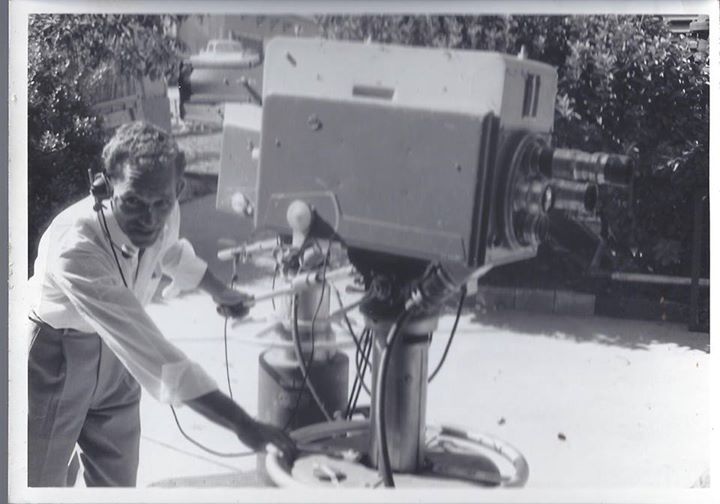


Museum Of Broadcast Technology: Camera Floor
On October 6, 2012
- TV History, Viewseum
This is a short but sweet video from the Museum Of Broadcast Technology near Boston. Great look at a few of over100 cameras that are on display there in Woonsocket, R.I.
Most of MBT’s cameras and 60+ VTRs will be operative. Tom Sprague, Paul Beck, Jay Ballard and Pete Fasciani have been working on this project for years and the dream is closer than ever to being realized.


Museum Of Broadcast Technology: Tape Room 1
On October 5, 2012
- TV History, Viewseum
Museum Of Broadcast Technology: Tape Room 1
When I began to collect cameras in 2004, Chuck Pharis introduced me to Paul Beck and Tom Sprague. Tom was just beginning to create the Museum Of Broadcast Technology in Wonsocket, RI., and with the help of Paul, Jay Ballard, Pete Fasciano (inventor of Avid) and Mark Berman, Tom has put together an unbelievable collection of television technology.
I am proud to have located about 6 of these 40+ quad machines for them and they have been a great help to me with cameras, of which they now have nearly 70.
A partial list of restored VTRs included the RCA TR-70B, TR-60, TR-600 and a revamped AMPEX VR-1000B with VR-1200 electronics. Other VTRs featured in this video are RCA TRT-2, RCA TCR-100, RCA TR-22, AMPEX VR-1200, AVR-2 and AVR-3.


Museum Of Broadcast Technology: Tape Room 2
On October 3, 2012
- TV History, Viewseum
Museum Of Broadcast Technology: Tape Room 2
In this video, we see the attempt to playback a Boston kids show tape from the ’60s. Once the tape plays, check out the action on the show…it’s great. Again, this shows my good friends Paul Beck, Jay Ballard and Mark Berman in room full of restored quad machines.


Ed Sullivan History With Director John Moffitt
On April 8, 2012
- TV History, Viewseum
A GREAT HALF HOUR OF HISTORY! Few show are as legendary as THE ED SILLIVAN SHOW, and to hear stories from those on the inside is quite a treat! Here is our friend John Moffitt sharing some of his recollections in part 3 of 9 interviews with the Television Academy.com
John worked first as a production assistant and later as assistant director on “The Ed Sullivan Show” for many years. In this interview segment, he covers a lot of ground that’s fun to hear.
For the first 7 minutes, he talks about working with Ed and then, the conversation turns to working with guests. He’s asked about Barbara Streisand @ 11:00, the Bing Crosby vocal flub that Art Shine fixed @ 14:00, cameras @ 16:45, color @ 18:50 and The Beatles @ 25:13. Good stuff. Enjoy.


Water Cooled Studio Lights & Early Studio Shots, WRGB TV
On December 23, 2011
- TV History, Viewseum
Now this is interesting. Although dated 1948, the RCA part was shot a couple of years earlier as that portion shows the rare RCA Orthicon camera and not the TK10/30 Image Orthicon camera that came out in ’46. The GE part shot at GE owned WRGB shows their Iconoscope cameras in use and 2 of these same cameras are on display at the Schenectady Museum and can be seen at the bottom of the GE page with different art work. https://eyesofageneration.com/cameras-page/ge-cameras/


The Rare Vinten Peregrine Crane
On September 16, 2011
- TV History, Viewseum
Now this is interesting! The Vinten Peregrine was a failed experiment in camera crane technology. Designed to a BBC spec, it was delivered to Television Centre in 1965. The idea was to build a camera crane that would fit on the footprint of a Vinten ped, but have the range of a Mole crane and the flexibility of a Vinten Heron. It was designed to carry a standard sized mid-sixties monochrome camera equipped with an Angenieux zoom. It lasted a very short time and was hardly used at all.
THIS IS A VERY RARE, ONE AND ONLY VIDEO OF THE PEREGRINE IN ACTION!
Vinten was just a little ahead of their time on this crane…only one or two ever made. All the details at this link http://www.tech-ops.co.uk/page147.html
